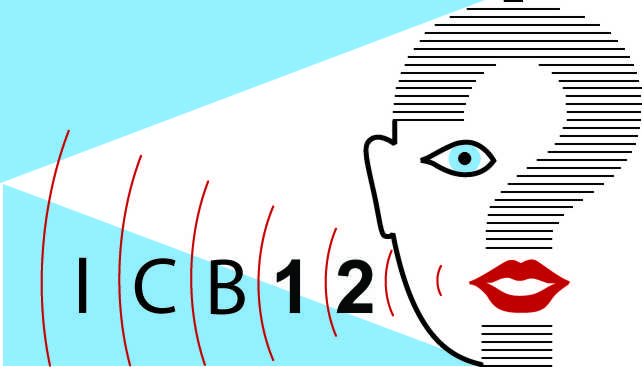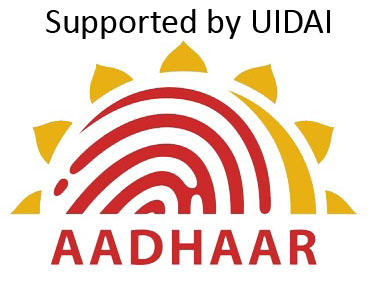Keynote Speakers
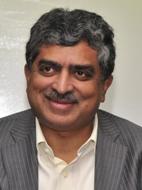 Nandan Nilekani
Chairman
Unique Identification Authority of India (UIDAI)
India
Date: March 30, 2012
Time: 9:00 am - 10:00 am | Title: Biometrics and Inclusion - The
Aadhaar Experience
Abstract: The UID (Aadhaar)
project's mandate is to provide a unique 12 digit identity number based on biometrics (10
fingerprints and iris scans) to all residents in the country. The development objective of the
project, apart from providing a proof of identity to millions of residents, is to be the
foundation to improve delivery of public services by making it more transparent and efficient.
The Aadhaar initiative is unique in the world and is characterized by the use of latest technology
to achieve social inclusion. The use of biometrics is central to the Aadhaar project.
Biometrics, through which uniqueness of the person is achieved, is the fulcrum based on which
"de-duplication" is achieved so that a person gets only one number. Biometric authentication is
the next critical element in the Aadhaar project which establishes "who you are" so that
benefits of social welfare programs reach the beneficiary to whom the benefit is intended. The
use of biometrics, thus, is a tool for empowerment and social inclusion.
Biography: Nandan Nilekani is currently the Chairman of the Unique Identification Authority
of India (UIDAI) in the rank of Union Cabinet Minister, which aims to provide a unique
identification number for all residents of India.
Nandan Nilekani was most recently the Co-Chairman of the Board of Directors of Infosys Technologies
Limited, which he co-founded in 1981. He was serving as Director on the Company's Board since
its inception to July 2009. He has held various posts at Infosys, including Chief Executive
Officer and Managing Director. Nandan Nilekani co-founded India's National Association of
Software and Service Companies (NASSCOM).He is a member of the Board of Governors of the Indian
Council for Research on International Economic Relations (ICRIER) and the President of NCEAR
(the premier, independent, applied economics research Institute in India).
Born in
Bangalore, Nandan Nilekani received his Bachelor's Degree in Electrical Engineering from the
Indian Institute of Technology, Bombay. He was named the Corporate Citizen of the Year at the
Asia Business Leaders Award (2004) organized by CNBC. In 2005, he received the prestigious
Joseph Schumpeter Prize for innovative services in economy, economic sciences and politics. In
2006, he was awarded the Padma Bhushan and was also named Businessman of the Year by Forbes
Asia. Time magazine listed him as one of the 100 most influential people in the world in 2006
and 2009. He is the author of 'Imagining India', which was one of the finalists for the
FT-Goldman Sachs Book Award for the year 2009. Foreign Policy magazine listed him as one of the
Top 100 Global Thinkers in 2010. |
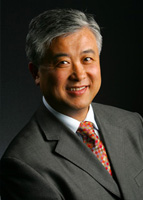 Ming Hsieh
President
3M
Cogent, Inc.
USA
Date: March 31, 2012
Time: 9:00 am - 10:00 am | Large Scale Biometrics Database Management - Positioning for the next step in
Social, Political and Economic Transformation
Abstract: Over 100 years ago, India provided the inspiration for Sir Edward Henry to
develop the first system to efficiently identify individuals from a large population based on
biometrics. Over 100 years later, India, with almost 1/5th of the World's population, is the
first major country in the World to implement a multiple biometrics system to establish a unique
identity for the entire population of the country. This identity management capability, while
also ensuring data privacy and security, provides new challenges and opportunities for
revolutionary advances in social, political and economic programs for nations in today's on-line
and highly interconnected electronic World.
Biography: Ming Hsieh was co-founder of Cogent, Inc. and served as CEO and chairman
of the company until 2010. Under his leadership, Cogent became a leading provider of biometircs
identification systems and solutions to government, law enforcement agencies and other
organizations worldwide. In 2010, Cogent was purchased by 3M Company.
Ming Hsieh has served on the USC Board of Trustees since 2007 and the Board of Trustees of Fudan
University since 2011. As a philanthropist, he has donated more than 100 million dollars to high
schools, research institutions and universities.
Ming Hsieh received BSEE in 1983, MSEE in 1984 and Doctor of Humane Letters in 2011, all from
University of Southern California.
|
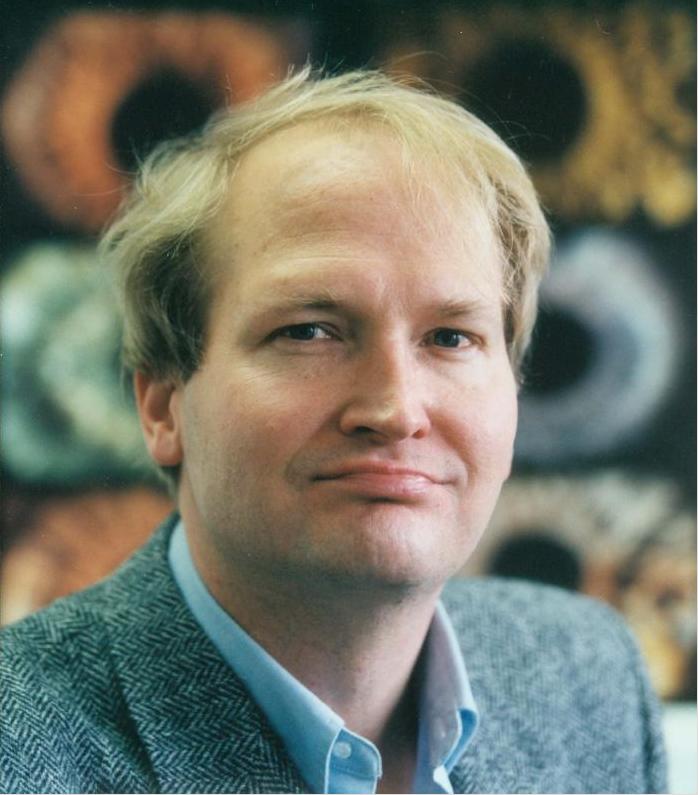 John Daugman (IAPR Keynote Speech)
Professor
University of Cambridge Computer Laboratory
UK
Date: April 1,
2012
Time: 9:00 am - 10:00 am | Iris Recognition at 20 Years: From
Zero to 100 Trillion Iris Comparisons per Day
Abstract: The first paper about iris recognition was submitted only 20 years ago, but
today more than 100 trillion (10-to-the-14th power) iris cross-comparisons are performed every
day. The fundamental principle that allows this juggernaut to roll without drowning in False
Matches is the great entropy (random variation) in iris patterns which, if appropriately
encoded, makes biometric collisions between different persons extremely improbable. In the
first decade it was always very difficult to persuade leaders of the biometrics community to
take an interest in this key point about the iris and the IrisCode. Eventually, independent
tests by NIST leaped in scale from 1 billion iris cross-comparisons (in IREX-I), past my record
of 200 billion cross-comparisons (Proc. IEEE 2006) by a further factor of six to 1.2 trillion
cross-comparisons (IREX-III). These tests always closely confirmed the exponential decline in
FMR with minuscule reductions in Hamming distance threshold, that I had tabulated in earlier
papers, against great skepticism. A critical feature of iris recognition is that it produces
very flat ROC or DET curves: by threshold adjustment the FMR can be shifted over four or five
orders of magnitude while the FnMR hardly changes. This property of the ROC slope (likelihood
ratio) is what enables UIDAI to perform its breath-taking 100 trillion daily iris comparisons.
The IrisCode bit stream representation also enables very fast matching, by simple bit-parallel
XOR logic. This lecture will review progress, algorithms, obstacles, breakthroughs, and
remaining challenges, as well as charting the growing adoption and standardisation, of iris
recognition technology.
Biography: John Daugman received his degrees at Harvard University and then taught
at Harvard before coming to Cambridge University, where he is Professor of Computer Vision and
Pattern Recognition. He has held the Johann Bernoulli Chair of Mathematics and Informatics at
the University of Groningen, and the Toshiba Endowed Chair at the Tokyo Institute of Technology.
Daugman is the inventor of iris recognition and his algorithms currently underlie all major
public deployments of this technology, which is owned now by Morpho/L1, for whom he serves as
Chief Scientist for Iris Recognition. Various awards for his scientific and technical work
include the Information Technology Award and Medal of the British Computer Society, the "Time
100" Innovators Award, the OBE, Order of the British Empire, and he has been elected a Fellow of
the Institute of Mathematics and its Applications.
|
|
